Ceramic cookware is a popular choice for home cooks and professional chefs alike. It is known for its non-stick surface and aesthetic appeal. However, like any other type of cookware, ceramic pots and pans have their advantages and disadvantages. In this article, we will explore the pros and cons of using ceramic cookware in your kitchen.
What is Ceramic Cookware?
There are two main types of ceramic cookware: glazed and unglazed.
Glazed Ceramic Cookware:
Glazed ceramic cookware is the most common type of ceramic cookware. It is made of clay that has been fired in a kiln and then coated with a glaze.
The glaze helps to create a smooth, non-porous surface that is easy to clean. Glazed ceramic cookware is available in a variety of colors and can be found in most kitchen stores.
Unglazed Ceramic Cookware:
Unglazed ceramic cookware is made of clay that has been fired in a kiln but not coated with a glaze.
This type of cookware has a porous surface that needs to be seasoned before use.
Seasoning helps to create a non-stick surface and prevents the absorption of flavors and odors. Unglazed ceramic cookware is usually white or cream in color.
Ceramic-coated cookware has a metal core and a non-stick cooking surface. The surface is made from natural sand-derived silicon using a process called sol-gel.
It is not technically ceramic, but it looks and feels like it because of its slick, glossy texture.
Ceramic-coated cookware is a toxin-free alternative to traditional non-stick pans. It doesn’t have PFOA, PFAS, PTFE, lead, or cadmium.
And it doesn’t release harmful fumes if it’s overheated as traditional non-stick pans can.
Ceramic Cookware Pros and Cons
8 Pros of Ceramic Cookware
1. High-Heat Tolerance
Ceramic cookware can resist high heat without releasing toxic fumes, unlike traditional non-stick cookware. Conventional non-stick cookware typically has a limit of 500°F before it starts releasing harmful fumes.
For example, GreenPan pans can handle heat up to 842°F, and Blue Diamond can handle up to 850°F. This means that the food you cook in them will not get burnt.
It is important to always check the manufacturer’s instructions for your cookware. Some pans have a lower maximum allowable temperature. For example, GreenLife pans can only handle up to 350°F due to their silicone-wrapped handles.
Sticking to medium-high heat with ceramic pans is a good way to be safe. If it gets too hot, the coating can start to break down and the pan won’t be as useful anymore. If you are looking to sear meat, stainless steel pans or cast iron skillets work better than ceramic ones.
Related Posts: HexClad Cookware Pros and Cons
2. Less Expensive Than Stainless Steel Cookware
Ceramic-coated cookware is less expensive than stainless steel cookware. This is because stainless steel is more expensive to make.
The price of ceramic-coated cookware also varies by brand, but it is usually much more affordable than stainless steel cookware.
Here are three ceramic pans and three stainless steel pans of the same size. Click the links next to each pan to compare prices today.
Ceramic Coated Cookware:
- GreenLife 12-Inch Ceramic Fry Pan (check price on Amazon)
- Caraway 10.5-Inch Fry Pan (check price on CarewayHome.com)
- Cooking Light 9.5-Inch Ceramic Fry Pan (check price on Amazon)
Stainless Steel Cookware:
- All-Clad 10-Inch Stainless Steel Fry Pan (check price on Amazon)
- Mauviel 9.5-Inch Stainless Steel Fry Pan (check price on Amazon)
- Le Creuset 12-Inch Stainless Steel Fry Pan (check price on Amazon)
3. Eco-Friendly
Some brands say their ceramic cookware is more eco-friendly than making Teflon cookware.
Caraway and GreenPan are two examples.
They say their production practices release 60% less CO2 than traditional non-stick cookware. I haven’t seen any scientific evidence to back this up yet, so you’ll have to take these manufacturers’ word for it.
4. Food Doesn’t Stick
Ceramic cookware is naturally non-stick. This means that when you are cooking, the food will release quickly and easily.
You won’t have any problems flipping pancakes or sauteing vegetables.
Ceramic cookware is also ideal for delicate foods like fish and eggs that can sometimes cling to the surface of other types of cookware.
Cleaning ceramic cookware is easy. All you need is a cloth and some soapy water.
Ceramic cookware is also beginner-friendly, so it’s a good option for people who are just starting to cook.
5. Promotes Healthy Cooking
Ceramic cookware is non-stick, so you don’t need to put oil or butter on the cooking surface.
This means that you can cook low-fat meals without having to worry about bits and pieces of food sticking and staining the surface.
In contrast, stainless steel and cast iron pans require a decent amount of fat to prevent sticking.
6. Easy to clean
As we mentioned before, the non-stick surface of ceramic cookware makes it very easy to clean. You won’t have to scrub and soak your cookware like you would with other types of cookware.
7. PTFE and PFOA free
Another big advantage of ceramic cookware is that it is free from harmful chemicals like PTFE and PFOA. These chemicals have been linked to health problems like cancer, so it’s good to know that your cookware is not exposing you to them.
8. Oven safe
Ceramic cookware is also oven safe, so you can use it for a variety of cooking methods. This is great if you want to use your cookware for both stovetop and oven cooking.
5 Cons of Ceramic Cookware
1. Loses Its Non-Stick Properties Faster Than Teflon
The most common complaint about ceramic-coated cookware is that it works well at first but loses its non-stick properties far more quickly than ordinary non-stick cookware.
Don’t trust me? Orion Industries, a longtime Teflon applicator that has been applying Teflon coatings for over 50 years, claims:
“Sol-gel coatings have a better initial release than most conventional PTFE coatings. However, the nonstick property of sol-gel coatings can diminish faster than a conventional PTFE coating. Proper use and care can help keep the nonstick property from declining.” (Source: Orioncoat.com).
If you want your pan’s non-stick abilities to stay strong, avoid cooking with metal utensils, over-heating, and cleaning in the dishwasher.
You can avoid using too much heat by cooking on medium heat. Wooden or silicone utensils are also a good option, and make sure to wash by hand.
2. Durability
One downside to ceramic cookware is that it may not be as durable as other types of cookware. This is because the ceramic coating can chip and peel over time, especially if it’s not cared for properly.
If you want your ceramic cookware to last, make sure to use wooden or silicone utensils, and avoid cooking on high heat. You should also hand wash your cookware instead of putting it in the dishwasher. With proper care, your ceramic cookware can last for many years.
3. Not Dishwasher-Safe
Ceramic cookware that is not coated with Teflon is not dishwasher-safe. This means you’ll have to wash it by hand, which can be time-consuming.
If you don’t mind washing your cookware by hand, then this probably won’t be a big deal for you. But if you’re looking for low-maintenance cookware, then ceramic might not be the right choice.
4. Not the Best Cookware for Searing Meat
Searing meat is a cooking method that involves cooking the meat at a high temperature so that it browns on the outside. This usually results in a juicy, flavorful piece of meat.
However, ceramic cookware is not the best choice for searing meat because it doesn’t conduct heat as well as other materials like stainless steel or cast iron. This means that the meat will not brown as evenly or as quickly.
If you’re looking to sear meat, we recommend using a pan made from stainless steel or cast iron.
5. Some Brands Aren’t Induction-Compatible
If you have an induction cooktop, then you’ll need to make sure that your cookware is compatible with it. Induction cooktops use a magnetic field to heat the pan, so not all cookware will work with them.
Some brands of ceramic cookware are induction-compatible, but others are not. So if you have an induction cooktop, make sure to check whether the brand you’re considering is compatible before you buy it.
Ceramic Cookware vs Other Material
Here is a comparison of ceramic cookware with other common materials used in cookware:
Ceramic Cookware vs. Nonstick Cookware
Nonstick cookware is typically made with a coating of Teflon or other synthetic materials, which can release harmful fumes when heated to high temperatures. Ceramic cookware, on the other hand, is made with a natural, non-toxic ceramic coating, making it a healthier option.
When it comes to durability, ceramic cookware is more prone to chipping and cracking than nonstick cookware. However, ceramic cookware can withstand higher temperatures than nonstick cookware, making it more versatile in the kitchen.
In terms of performance, both ceramic and nonstick cookware are great for cooking delicate foods like eggs and fish. However, nonstick cookware is generally better for cooking foods that are prone to sticking, like pancakes or grilled cheese.
Ceramic Cookware vs. Cast Iron Cookware
Cast iron cookware is known for its durability and versatility. Cast iron pans can last for generations and are great for searing, frying, and baking. However, cast iron cookware requires seasoning and can be heavy and difficult to handle.
Ceramic cookware is much lighter than cast iron and doesn’t require seasoning. However, it is not as durable and can’t handle as high of temperatures as cast iron.
In terms of performance, both ceramic and cast iron cookware are great for slow cooking and braising. Cast iron cookware is better for high-heat cooking like searing steaks or making stir-fry.
Ceramic Cookware vs. Carbon Steel Cookware
Carbon steel cookware is similar to cast iron cookware in terms of durability and versatility. Carbon steel pans can handle high heat and are great for searing and frying. However, like cast iron, carbon steel cookware requires seasoning and can be heavy.
Ceramic cookware is much lighter than carbon steel and doesn’t require seasoning. However, it is not as durable and can’t handle as high of temperatures as carbon steel.
If we talk about performance, both ceramic and carbon steel cookware are great for searing and frying. Carbon steel cookware is better for high-heat cooking like making stir-fry.
Ceramic Cookware vs. Copper Cookware
Copper cookware is known for its excellent heat conductivity, making it great for cooking delicate foods like sauces and caramel. However, copper cookware is expensive and requires regular polishing to maintain its appearance.
Ceramic cookware is much less expensive than copper and doesn’t require any special maintenance. However, it is not as durable as copper and doesn’t have the same heat conductivity.
In terms of performance, copper cookware is better for cooking delicate foods like sauces and caramel. Ceramic cookware is better for slow cooking and braising.
Ceramic Cookware vs. Hard Anodized Cookware
Hard anodized cookware is made with an electrochemical process that makes the surface of the cookware harder and more durable than regular aluminum cookware. Hard anodized cookware is great for high-heat cooking and is generally nonstick.
Ceramic cookware is nonstick as well, but it is not as durable as hard anodized cookware. However, ceramic cookware is generally lighter and easier to handle.
When it comes to performance, hard anodized cookware is better for high-heat cooking like searing steaks or making stir-fry. Ceramic cookware is better for slow cooking and braising.
Ceramic Cookware vs. Stainless Steel Cookware
Stainless steel cookware is known for its durability and versatility. Stainless steel
cookware is non-reactive, meaning it won’t react with acidic foods like tomatoes or vinegar. However, stainless steel cookware can be difficult to clean and has poor nonstick properties.
Ceramic cookware is easier to clean than stainless steel and has better nonstick properties. However, ceramic cookware is not as durable as stainless steel and is prone to chipping and cracking.
In terms of performance, stainless steel cookware is better for high-heat cooking like searing and frying. Ceramic cookware is better for slow cooking and braising.
Overall, each type of cookware has its own strengths and weaknesses, and the best choice depends on individual preferences and cooking needs. Ceramic cookware is a great option for those who want a nonstick, eco-friendly option that’s easy to clean, but it may not be the best choice for high-heat cooking or for those who want a highly durable option.
Conclusion
Ceramic cookware has both pros and cons. The main pro is that it is free from harmful chemicals like PTFE and PFOA.
Other pros include being oven-safe and having a good initial non-stick release.
However, ceramic cookware can lose its non-stick properties more quickly than other types of cookware, and it may not be as durable.
Additionally, it is not dishwasher-safe and may not work well for searing meat.
Finally, some brands are not compatible with induction cooktops.
So, before you buy ceramic cookware, be sure to consider all of the pros and cons.
FAQs:
1. What is ceramic cookware?
Ceramic cookware is a type of cookware that is made from clay or other materials that are then coated with a ceramic glaze.
2. Is ceramic cookware safe to use?
Yes, ceramic cookware is safe to use. It is free from harmful chemicals like PTFE and PFOA, and it won’t release these chemicals into your food.
3. How long does ceramic cookware last?
With proper care, ceramic cookware can last for many years. However, the ceramic coating can chip and peel over time, so it may not be as durable as other types of cookware.
4. Can I put ceramic cookware in the dishwasher?
No, you should not put ceramic cookware in the dishwasher. The dishwasher can damage the ceramic coating, and it may also cause the cookware to break.
5. Can I use ceramic cookware on an induction cooktop?
Some brands of ceramic cookware are induction-compatible, but others are not. So if you have an induction cooktop, make sure to check whether the brand you’re considering is compatible before you buy it.
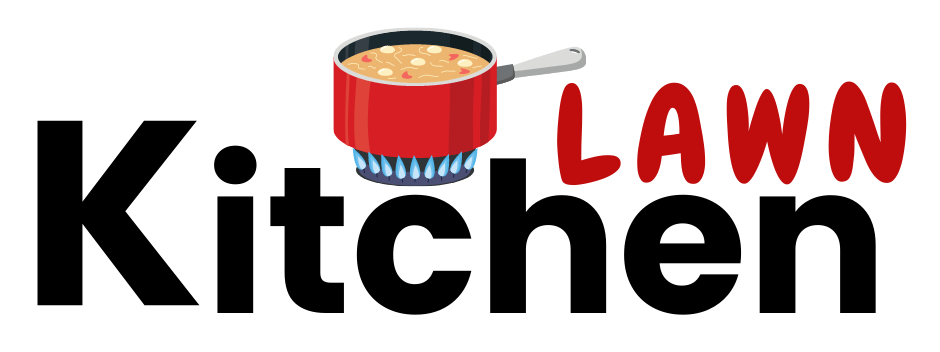
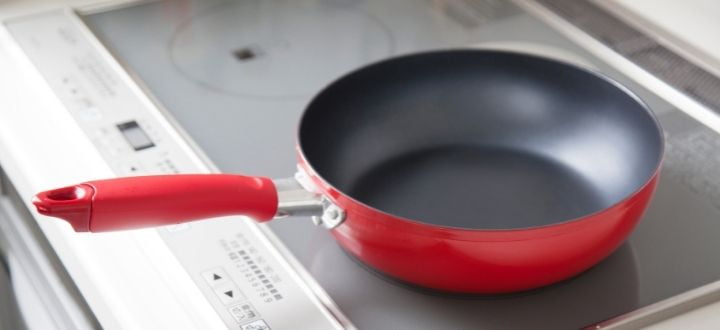
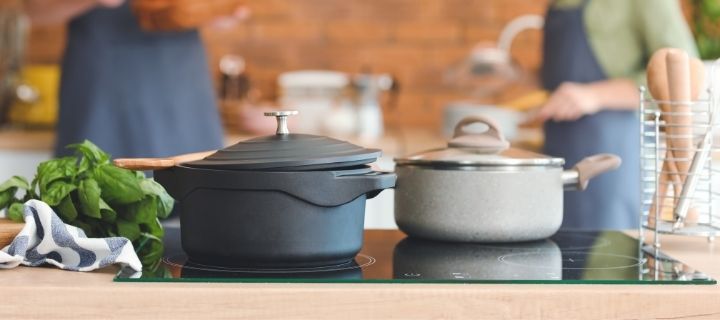
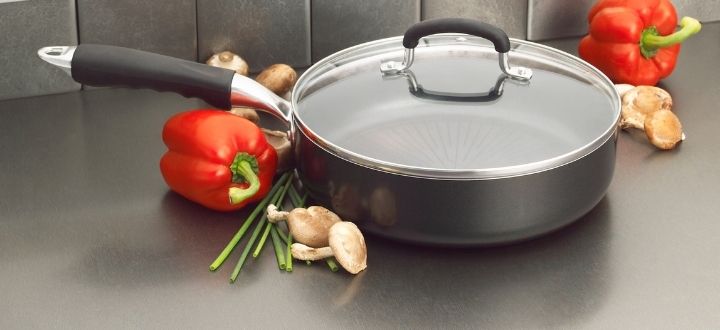
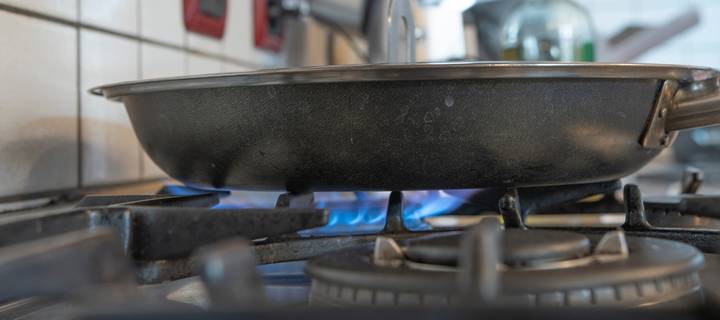
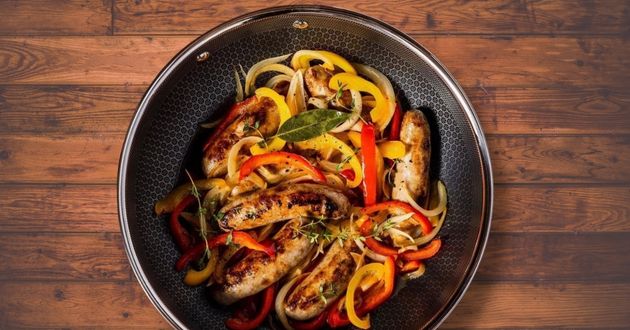
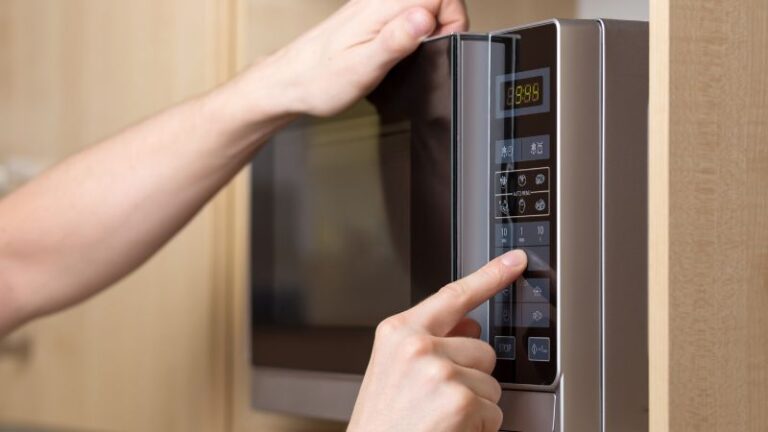
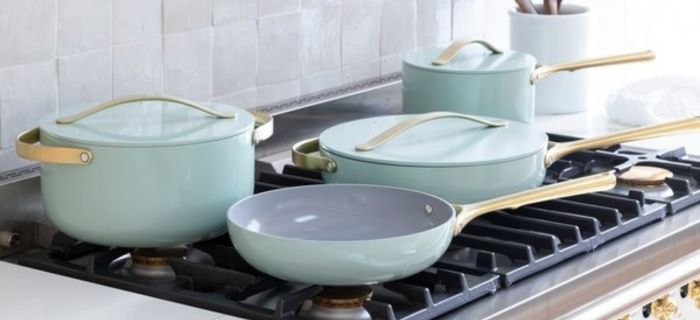
2 Comments
Comments are closed.